Subscription revenue split changes were on everyone’s mind during the TwitchCon edition of Patch Notes today, and executives tasked with fielding questions did their best to make it sound like the move was best for all parties involved.
The public relations spin was strong throughout the show as Twitch vice president of monetization Mike Minton told streamers they and the company are “in this together,” but this Dot Esports writer can’t imagine that will make top streamers feel any better about the changes going into effect next June.
Prior to TwitchCon, the platform announced through a letter by its president Dan Clancy that it is reducing the number of creators it offers 70-30 splits to for subscription revenue. Twitch will also cap 70-30 splits to the first $100,000 for those fortunate enough to earn them.
While the show attempted to make it look like its hosts were asking hard hitting questions, Minton came prepared with calculated answers, but nothing he came forward with is going to put any of the affected streamers at ease.
Directly answering a question about the change, Minton made his first deflection.
“We did look at all possible options,” he said. “Could we offer 70-30 widely and broadly and the answer is no.”
Twitch has never offered all streamers a 70-30 subscription revenue share, so there wasn’t much reason to suggest they truly considered the idea.
Minton went on to plug Prime Gaming subscriptions, which are a part of Amazon Prime that allow people to subscribe to a channel without paying once every 30 days. In a convoluted fashion, he seemingly tried to suggest that, somehow, Prime subs help make up the difference between a 50-50 split and a 70-30 split.
“When you take and add up all the earnings that streamers earn from Prime subs, you add that to the rev share on the paid subscriptions, it equals above 65%,” he said. “By the way, there’s a whole bunch of Prime subs that go unredeemed every month so that 65% is growing.”
But, what Minton failed to mention was many creators with higher subscription revenue splits already benefit from Prime subscriptions. This isn’t a new revelation and doesn’t make a cut down to 50-50 any less painful for creators that were benefitting from a 70-30 deal.
Perhaps the best explanation for changes that are coming didn’t come from Minton, but instead the platform’s Chief Product Officer Tom Verrilli. Asked what his team is doing to prove revenue share changes are justified, he started mentioning the features and tools Twitch is creating to help creators grow their brand.
“We have to show up every day and make sure what we’re doing is earning our share and make sure that we’re adding value to streamers,” Twitch chief product officer Tom Verrilli said.
Among other things, Verrilli mentioned some of the slew of features Twitch announced and posted updates about prior to TwitchCon. Verrilli noted things like Chat Activity and Chat Cues can assist streamer growth.
While it isn’t necessarily Verrilli’s job to justify revenue changes, it’s difficult to suggest new features on the platform make those changes worthwhile. Twitch is known for actively adding new features to boost viewer engagement, but that isn’t anything new.
By the end of the show, it became increasingly evident execs weren’t going to say anything that will hush critics.
Minton even ended the show with a statement that came across as highly contradictory.
“The thing that I hope that everyone walks away with here is that we are continuously focused on growing the pie, growing your paycheck,” Minton said. “You make more money, we make more money, everybody wins.”
Growth is an important part of any company, but the platform quite literally announced plans to reduce many of its top Twitch creators’ paychecks.


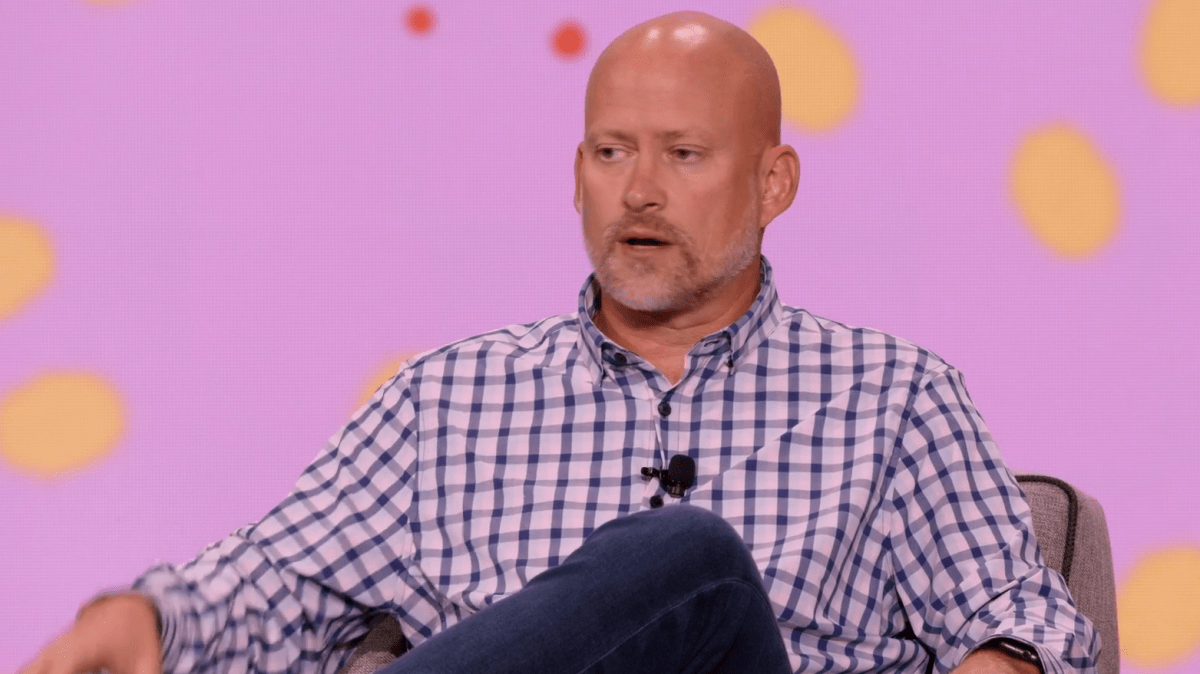
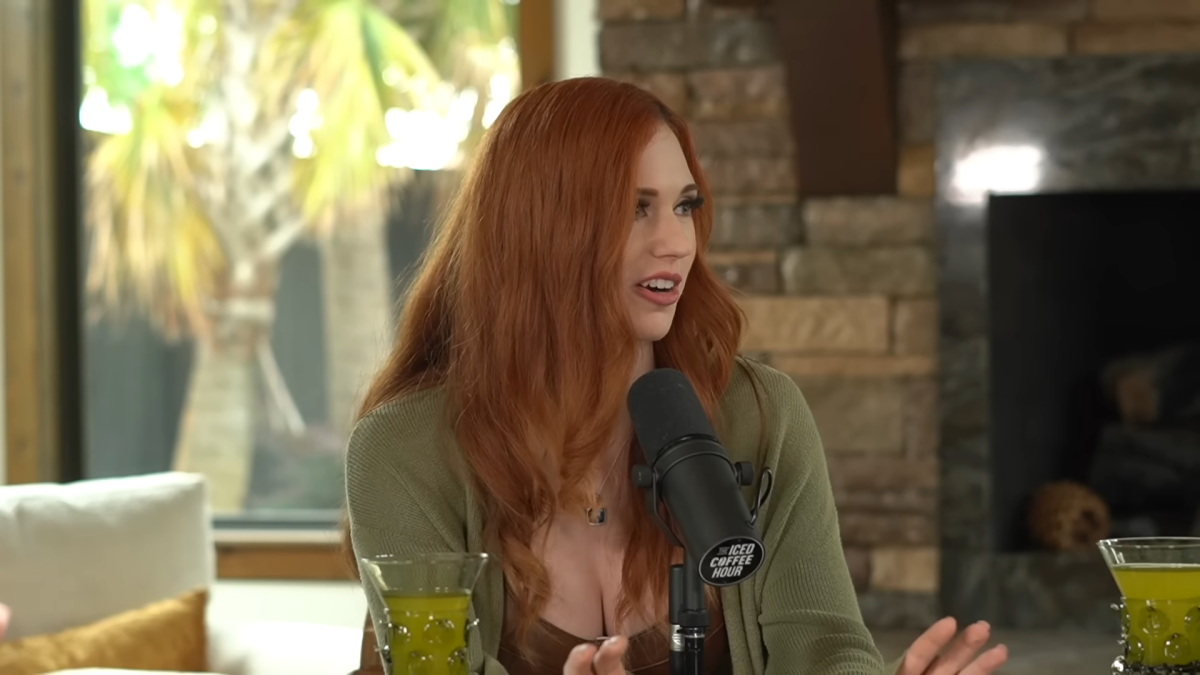

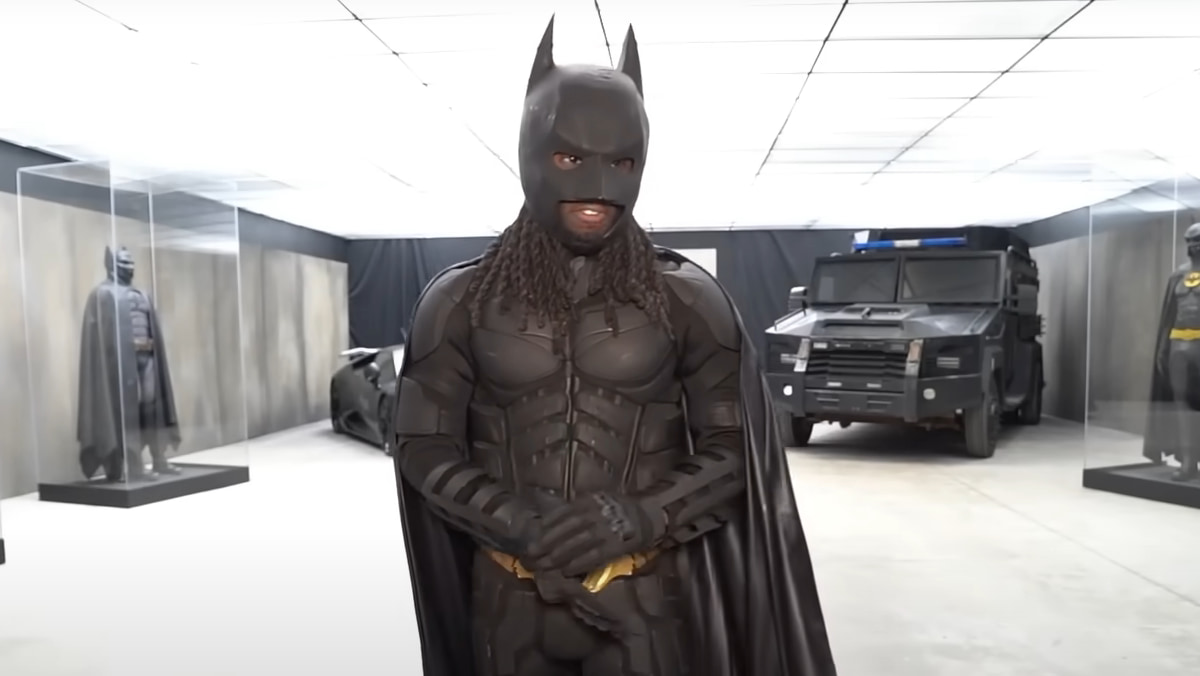
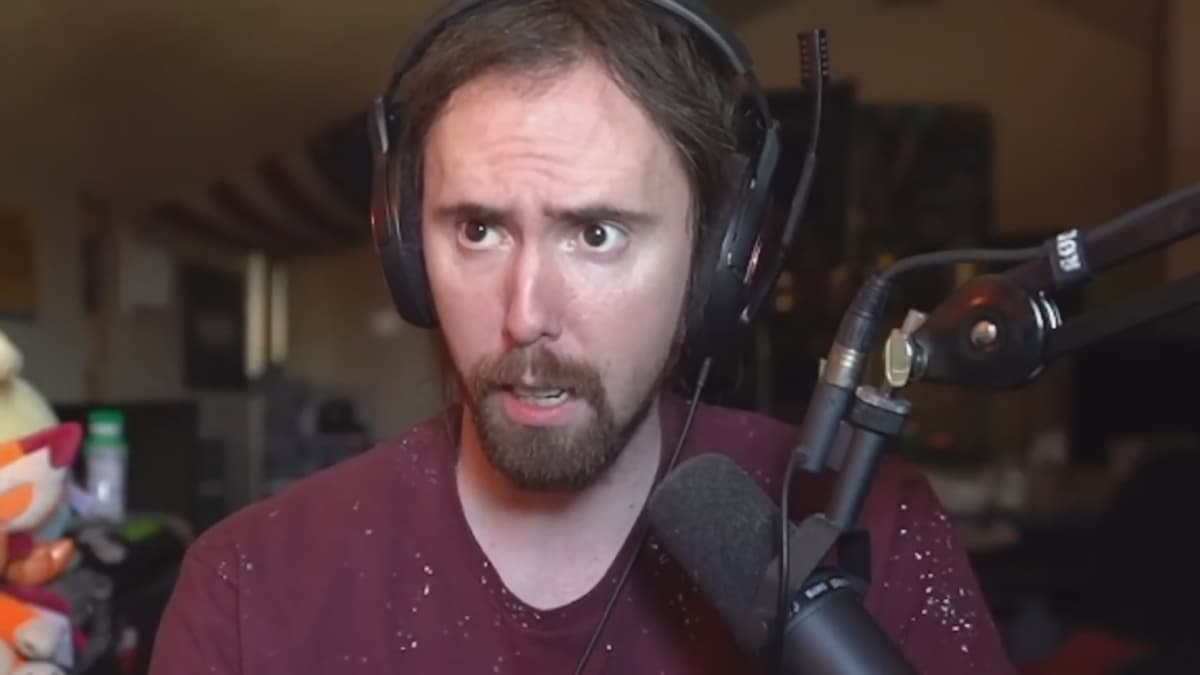
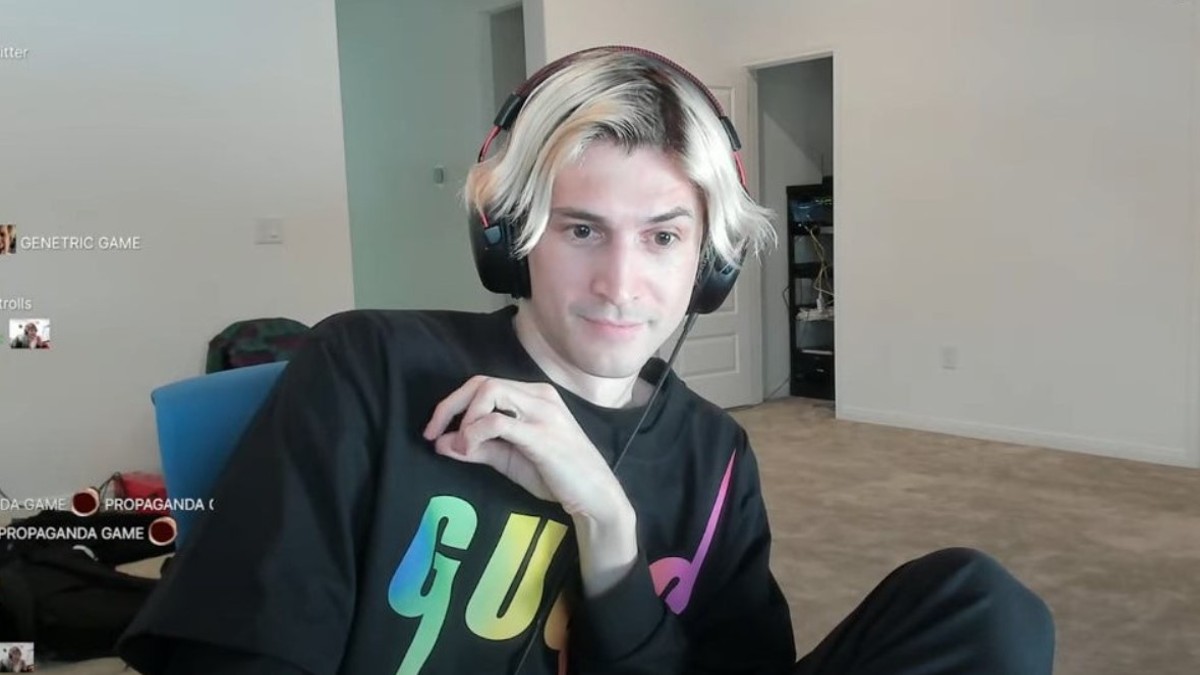
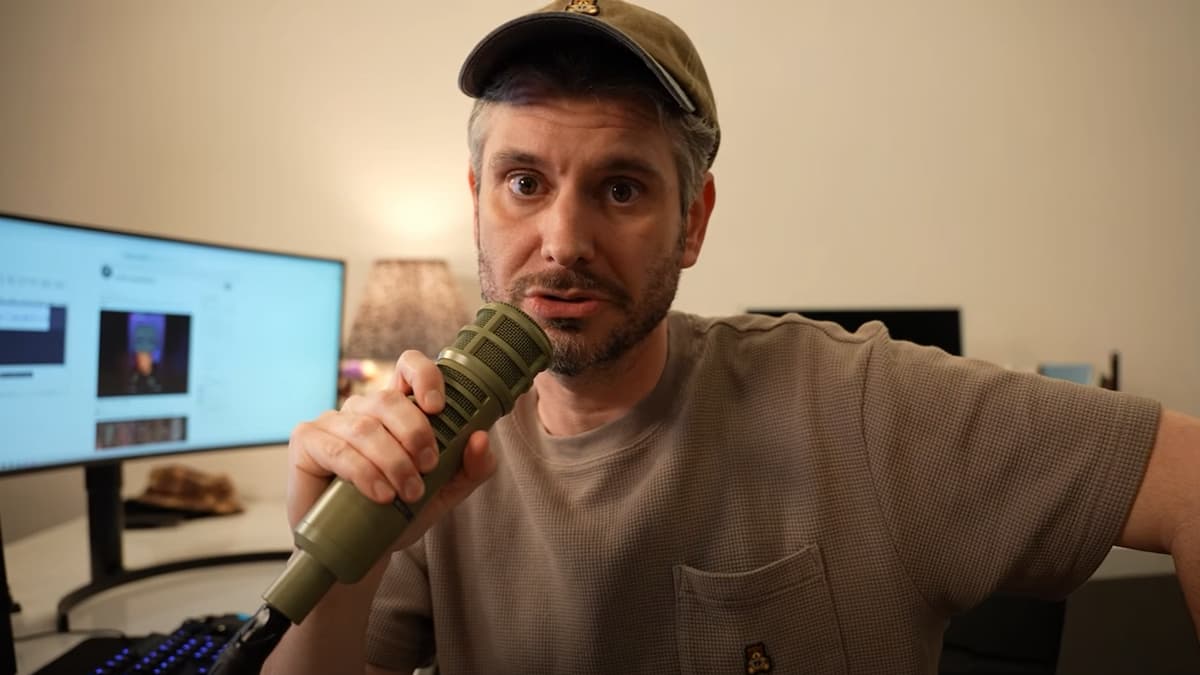

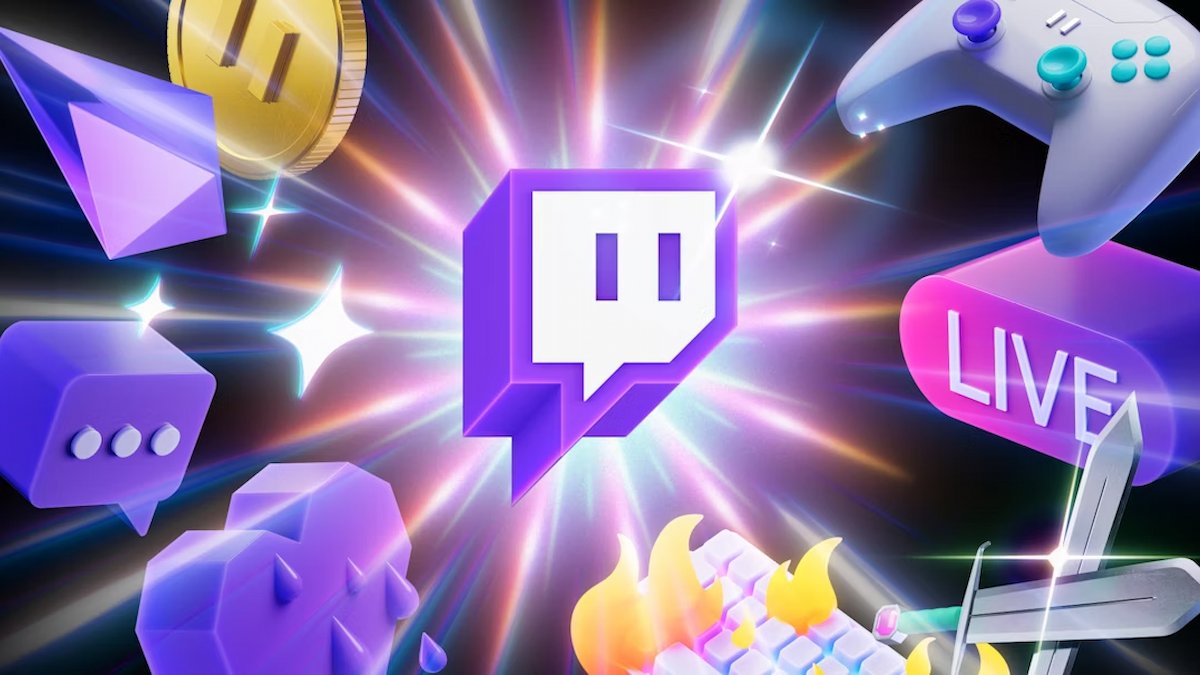

Published: Oct 9, 2022 08:29 pm